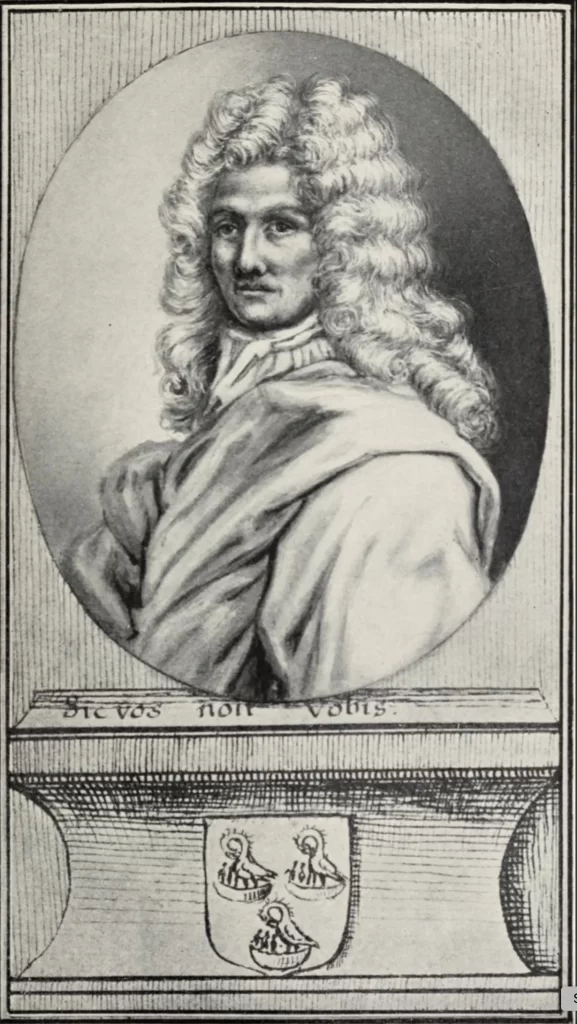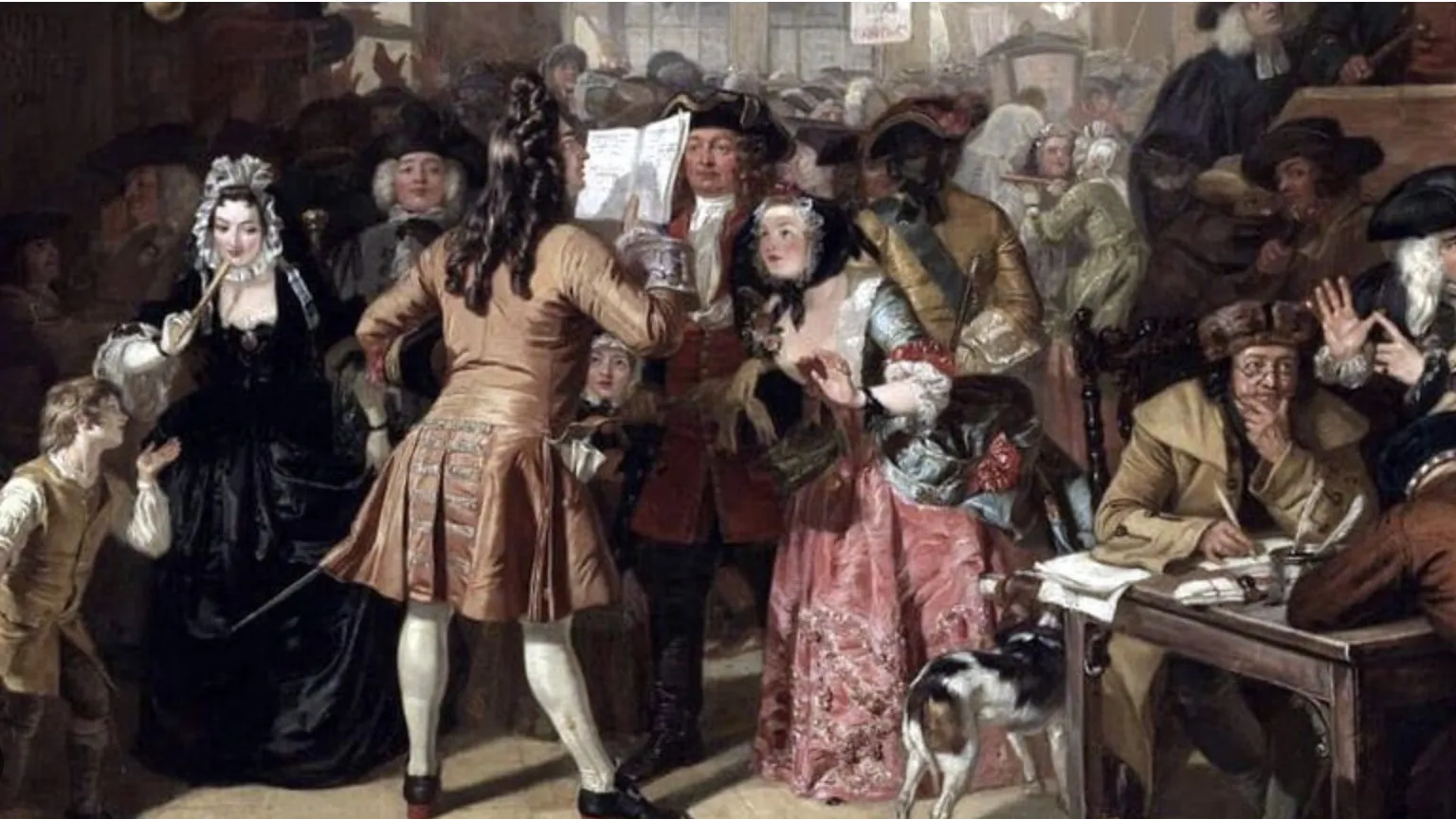In last month’s newsletter, Bitcoin & The Gold Standard, I outlined the arrangement to set up the Bank of England following the ascension of the Dutchman, William of Orange, to the throne of England. The result of the ‘Glorious Revolution’.
I also emphasised that the names of those making the loan of £1.25 million to set up the Bank are still a secret. We do, however, know of one individual that was associated with this scheme, and his name was William Paterson. William was a Scottish Trader and Banker who had spent some time living in the West Indies. He eventually (along with a fellow countryman John Law) advocated for the union of Scotland and England in 1707 – to help Scotland out of poverty after his financially disastrous Darien Scheme.
In 1691, William proposed the plan for the Bank of England, which was eventually agreed upon by parliament and established in 1694.

Government Debt
Although the Bank of England began with a debt of £1.25 million, the concept of ‘free money’ clearly went to the heads of some ambitious people at the time, as sources claim that the debt held by the Bank of England rose to £16 million within four years due to wars that England was fighting. According to Wikipedia, a national debt investigation also determined that the government was in debt to the tune of £9 million by 1711. Presumably, this was in addition to the Bank of England debt, as Robert Harley, Chancellor of the Exchequer, gathered information as individual government departments gradually revealed their expenditure. It is possible that the true debt was obscured, given the nature of records and accounting methods at that time. The amount was staggering, given that the concept of the Bank of England handling government debt was a new innovation.
This debt was an issue as the government was committed to paying interest on the debt, and their most creative efforts at manufacturing money had yet to be devised. Interest due on the debt to the Bank of England was 8% per annum. Wikipedia suggests that the £9 million outstanding was debt for which there were no means of paying and that Bank of England debt had already been consolidated using other means in the previous 17 years.
Joint Stock Companies
At the time, the idea of joint stock companies was reaching a degree of maturity. The first successful one was for the Dutch East India Company, which began in 1602 and was based in Amsterdam. The premise behind a joint stock company was that it enabled combining resources to generate greater profits. Trade with the newly discovered Americas was developing in earnest, but it was expensive. By combining resources, it was easier for those of more modest means to participate in the profits of these new ventures. Indeed this was the beginning of the success of the Dutch empire.
However, unlike gold which in its purest form is incorruptible, arrangements with paper are notoriously open to changes by influential people and, therefore, corruptible. While many of these schemes of the 1700s led to fabulous wealth for some, they led to ruin for others, and this has been the story of our banks and stock markets to this day.
Unlike the Bank of Amsterdam, which was a fully capitalised bank, by establishing itself with a fractional reserve, the Bank of England was essentially a joint stock company with a mandate to issue bank notes. As it had a remit from parliament, this eventually gave it a monopoly on the practice, even though there was some competition from other banks operating similar note issuance schemes at the time.
The essence of sound money began its corruption with the establishment of a fractional reserve by the Bank of England. The shenanigans associated with joint stock companies were just the next iteration of the problem, sending companies and now governments further into debt.
In an age where financial schemes were all the rage, and to meet their obligations in paying the outstanding government debt, the ingenious Mr Patterson came up with another one – The South Sea Company!
Sign Up To The Newsletter!
If you have received this newsletter from someone else or seen it on Social Media, consider subscribing and receiving the next one directly in your inbox.
We don’t charge for the most recent post on the website, so subscribing will notify you when the latest one has been published.
Receipt of the newsletter is FREE, and you can unsubscribe at any time.

